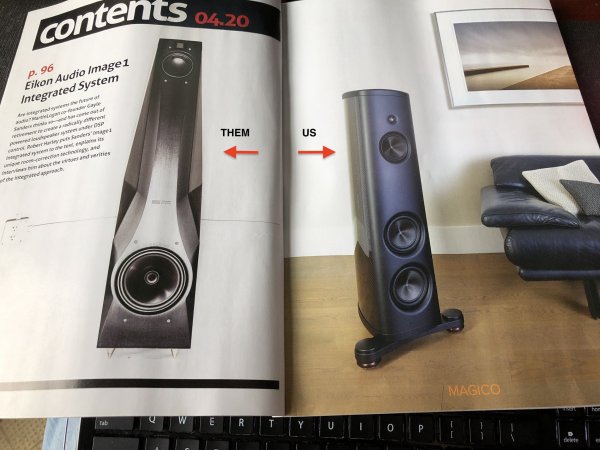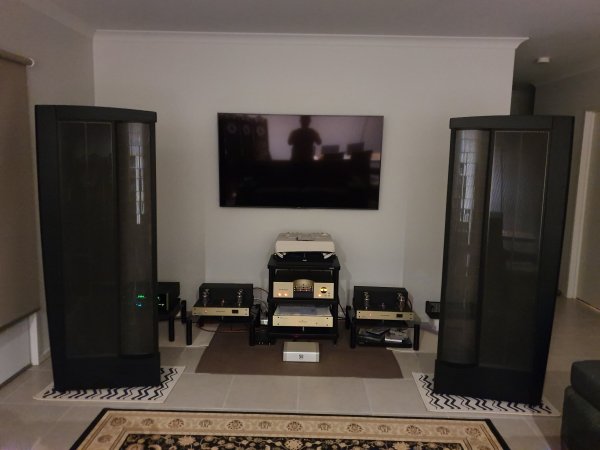I saw some once years ago at a London hi-fi show. Only heard them at very low levels no real clues as to how good they really were. Rare over here.
They did look cool - no fabric the drivers were bare.
Despite having used ESLs (MLs) for many years I know I'll never go back. I've genuinely gone off them. I could live with Neolith, though. That's probably my fave one these days. It's a hybrid, though, and that's cheating.
"Gayle Sanders, renowned speaker designer and cofounder of MartinLogan, today announced the launch of a new speaker company, Gayle Sanders Eikon. "
It seems that Roger Sanders did get a patent for a curved panel but he never commercialized it. His first commercial speakers, to my knowledge, were the Innersound speakers that were flat.
He was never directly associated with ML as far as I can see. His current speakers are also flat...so clearly he thinks the curved concept was too flawed or difficult to do right to pursue. He also doesn't seem to like the approach from Soundlab.
Interestingly, the first Acoustats were "curved" as well but with three or four flat panels arranged in an arc. These date from the early 70s and still work perfectly to this day without refurbishment.









